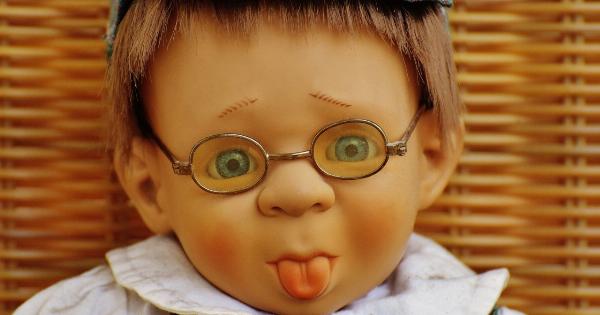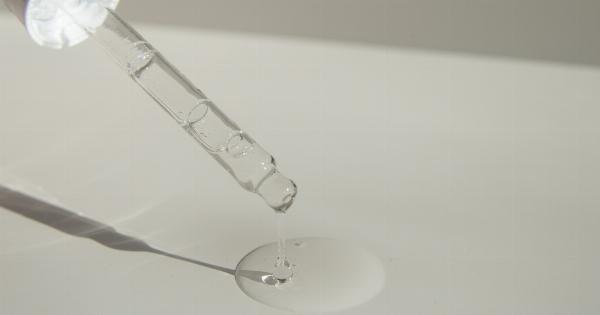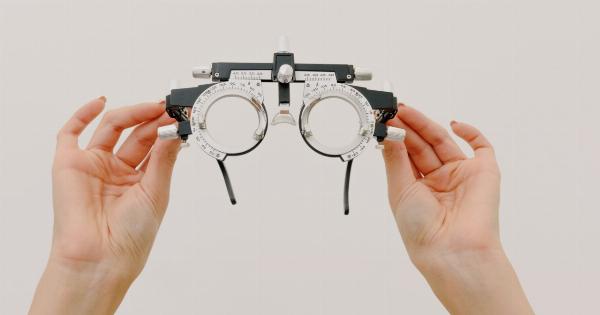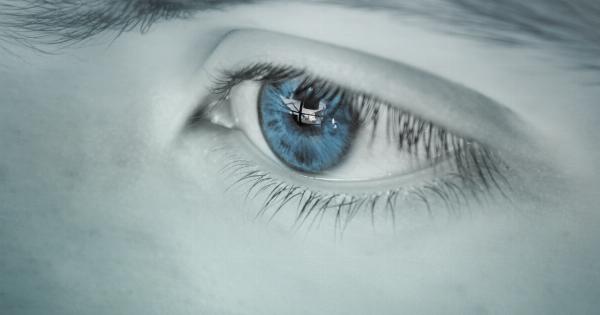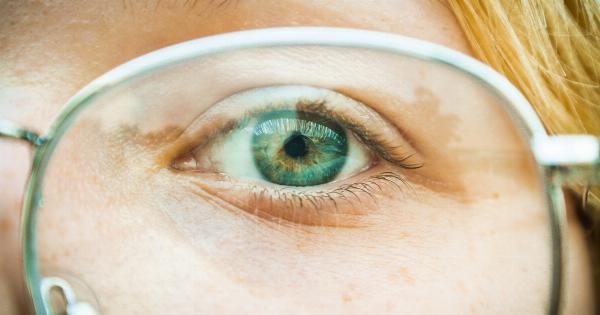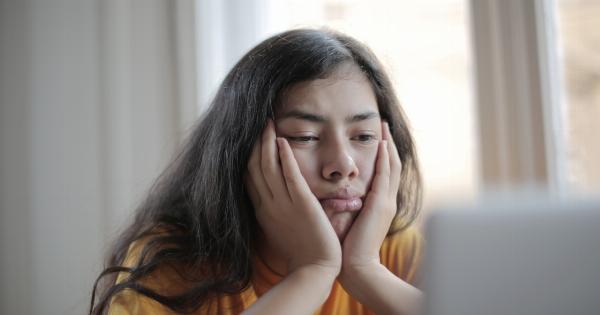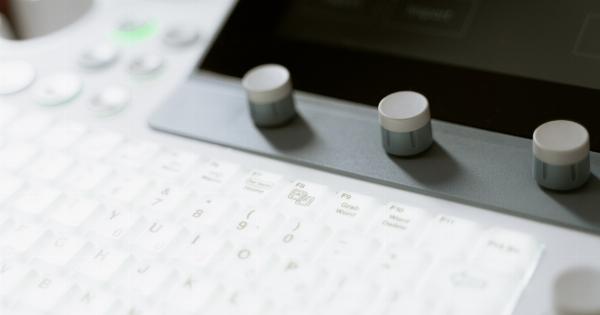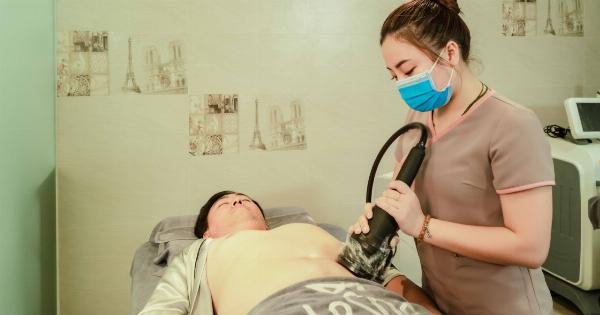Regular eye checkups are essential for children to ensure optimal eye health and detect any potential vision problems at an early stage.
These checkups typically involve several components that are designed to assess various aspects of a child’s vision and overall eye health. In this article, we will explore the typical components of a children’s eye checkup, highlighting their importance and how they contribute to maintaining good vision for the little ones.
Visual Acuity Test
The visual acuity test is one of the fundamental components of a children’s eye checkup. During this test, the child is asked to read letters or symbols from a distance and identify the smallest and clearest line they can see.
This test helps in evaluating the clarity and sharpness of the child’s vision.
Retinoscopy
Retinoscopy is another important part of a children’s eye examination. During this procedure, the optometrist uses a handheld instrument called a retinoscope to shine light into the child’s eyes.
By observing the reflection of light from the child’s retina, the optometrist can assess the child’s refractive error, such as nearsightedness, farsightedness, or astigmatism.
Autorefraction
Autorefraction involves the use of an autorefractor, a computerized instrument that determines the child’s refractive error without requiring their active participation.
The child simply looks into the device while it automatically measures their eye’s focusing ability. This objective measurement helps the optometrist in obtaining accurate information about the child’s prescription.
Eye Alignment and Movement Assessment
Checking the alignment and movement of the child’s eyes is crucial in identifying conditions like strabismus (crossed or misaligned eyes) and amblyopia (lazy eye).
The optometrist will evaluate the child’s ability to track objects and ensure both eyes are correctly aligned, enabling efficient binocular vision.
Binocular Vision Assessment
Binocular vision assessment involves testing the coordination between the child’s eyes.
It helps identify any problems related to the teaming of the eyes, depth perception, and how the child’s brain processes visual information from both eyes simultaneously.
Color Vision Test
Color vision is assessed using special tests that require the child to identify and distinguish different colors.
By evaluating color vision, the optometrist can identify any color deficiencies or color blindness that may affect a child’s daily activities and learning abilities.
Eye Health Examination
An eye health examination involves the evaluation of both the external and internal structures of the child’s eyes. The optometrist will use various tools and techniques to examine the health of the eyelids, cornea, lens, retina, and optic nerve.
This assessment helps in detecting eye diseases, infections, and other abnormalities.
Dilation of Pupils
In some cases, the optometrist may choose to dilate the child’s pupils using eye drops. Dilating the pupils allows for a more thorough examination of the internal structures of the eye, including the retina and optic nerve.
This step is particularly important in detecting any hidden or potential eye conditions.
Visual Field Test
A visual field test measures the child’s peripheral (side) vision. It helps in identifying any loss of vision in the outer areas, which can be a sign of certain eye diseases or neurological conditions.
Different methods may be used for visual field testing, including automated techniques and confrontational testing.
Discussion of Findings and Recommendations
After completing all the necessary examinations and tests, the optometrist will discuss the findings and recommendations with the child’s parent or guardian.
They will explain any visual disorders or eye health conditions identified during the checkup and provide appropriate treatment options or referrals if necessary.
Conclusion
Children’s eye checkups involve multiple components that cater to various aspects of vision and eye health.
Through visual acuity tests, retinoscopy, eye alignment and movement assessment, and other procedures, optometrists can accurately assess a child’s eye health, detect refractive errors, and identify any vision or eye health problems. These comprehensive checkups are essential for maintaining optimal vision and promoting healthy eye development in children.

